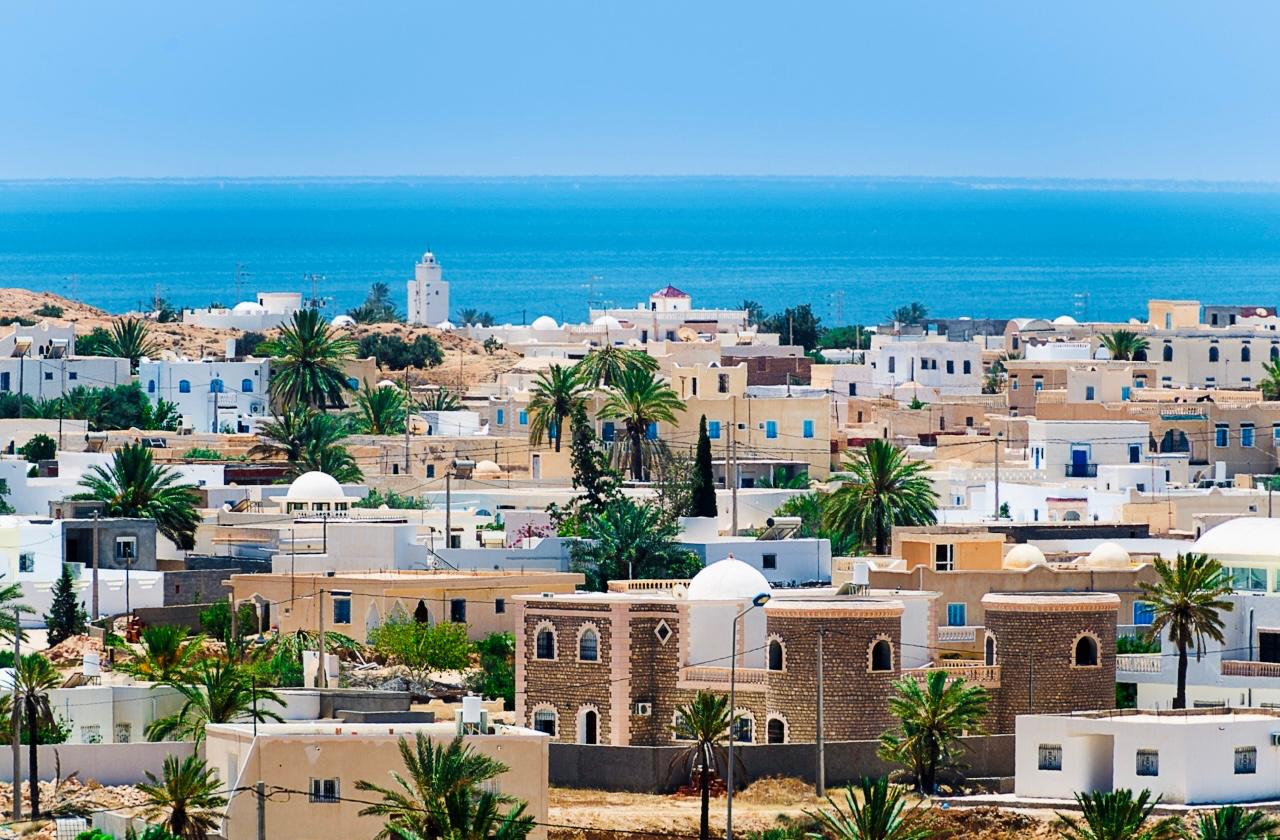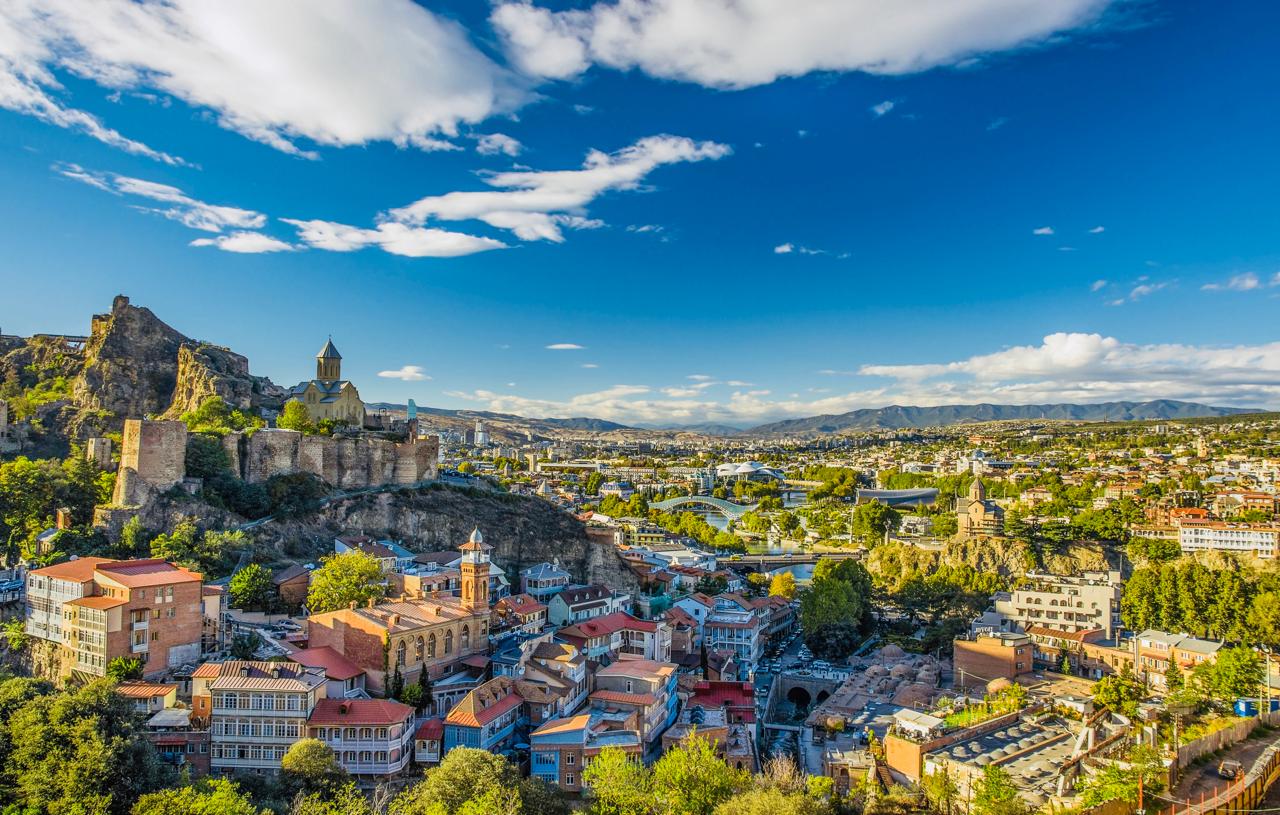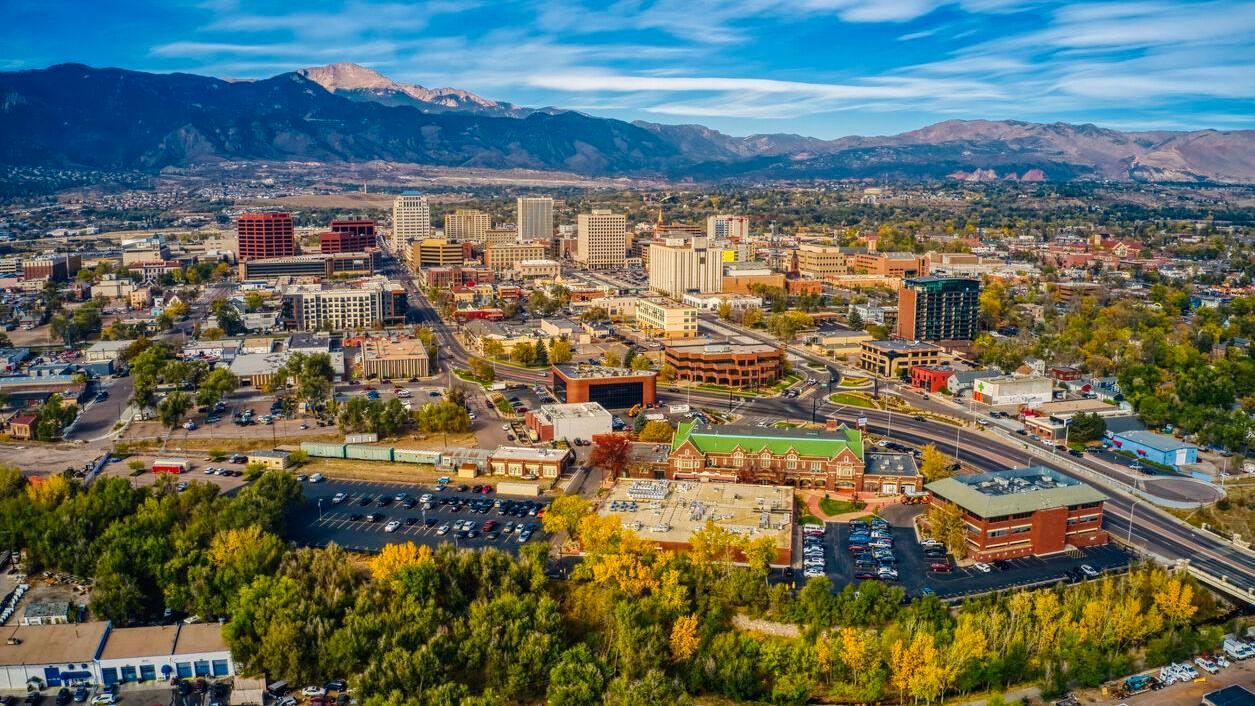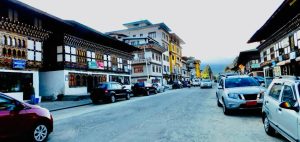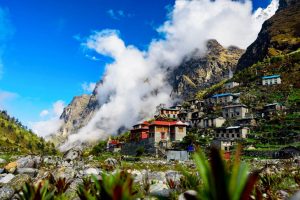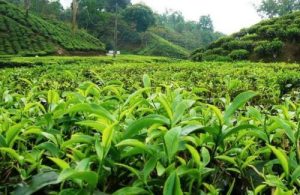Exploring Tunisia: A Traveler’s Paradise
The rich history of Tunisia begins with the Phoenician city of Carthage, which was ruled by the Roman, Arab, Ottoman, and French empires before being subjugated by Rome. Its varied past is reflected in important historical sites like Kairouan and El Jem Amphitheatre. Tunisia, which attained independence in 1956, gave rise to the Arab Spring in 2011.
Tunisia is a popular destination for tourists because of its historical sites, Mediterranean beaches, and Sahara Desert excursions. It is a popular destination for many types of travelers due to its affordability and unique blend of Arab, Berber, and European influences.
Main International Airports in Tunisia:
- Tunis-Carthage International Airport (TUN): The primary airport in Tunisia, located in the capital city, Tunis.
- Monastir Habib Bourguiba International Airport (MIR): Serves the coastal region and popular tourist destinations like Sousse and Monastir.
- Djerba–Zarzis International Airport (DJE): Located on the island of Djerba, a popular tourist spot.
Major Airlines Operating from Tunisia:
- Tunisair: The national carrier, offering direct flights to Europe, Africa, and the Middle East.
- Nouvelair: A private airline in Tunisia that operates mainly within Europe and the Middle East.
- Air France, Lufthansa, Emirates, Qatar Airways, and Turkish Airlines connect Tunisia with international destinations.
Popular International Routes:
- Europe: Direct flights are available to cities like Paris, Rome, Barcelona, Frankfurt, and London.
- Middle East: Flights to destinations like Dubai, Doha, and Istanbul.
- Africa: Tunisair and other regional carriers offer flights to Algiers, Casablanca, and Cairo.
Booking Flights:
- You can book flights through online platforms like Skyscanner, Google Flights, or the respective airline websites. It’s advisable to book in advance, especially during peak tourist seasons.
Visa Requirements:
- Depending on your destination, check the visa requirements. For instance, many European countries in the Schengen Area, the U.S., and the U.K. may require a visa for Tunisian passport holders.
Would you like more information on your planned destination’s specific routes, airlines, check this link
Top Attractions for Travelers in Tunisia:
- Carthage Ruins
- El Jem Amphitheatre
- Bardo National Museum (houses a stunning collection of Roman mosaics)
- Kairouan’s Great Mosque
- Sidi Bou Said (a picturesque blue-and-white coastal town)
- Dougga Roman Ruins
- Tozeur and the Sahara Desert
Tunisia offers a unique blend of historical, cultural, and natural attractions that cater to a wide range of travelers, from history buffs to beach lovers and desert adventurers.
Ancient Ruins and Historical Sites:
Tunisia’s ancient ruins are a major draw for travelers. Discover the ruins of one of the greatest civilizations in history at Carthage, a UNESCO World Heritage site. The vastness and magnificence of Rome’s Colosseum are rivaled by the El Jem Amphitheatre, one of the biggest Roman coliseums. The well-preserved Roman city of Dougga provides an insight into Roman daily life.
These locations are well-liked by tourists due to their historical value, magnificent architecture, and a chance to go back in time and interact with ancient cultures.
Beautiful Beaches and Resorts:
Tunisia’s Mediterranean coastline is a big attraction for travelers, with popular beach resorts like Hammamet, Sousse, Monastir, and Djerba. These towns offer luxurious resorts, water sports, and a relaxing atmosphere at more affordable prices than many European destinations, making them a favorite for beach lovers and those seeking a relaxing getaway.
Sahara Desert Adventures:
The Sahara Desert in Tunisia captivates tourists. Bedouin tent camping, 4×4 excursions, and camel treks are popular desert activities. For those looking for adventure and breathtaking scenery in the desert, the oasis village of Tozeur and the salt flats of Chott el Jerid are highly recommended.
Islamic and Arab Heritage
Historic cities like Kairouan, which is home to the ancient Great Mosque, one of the oldest in Africa, serve as a display of Tunisia’s Islamic and Arab heritage. Tunis and Sousse’s medinas, or ancient towns, are home to busy markets and stunning examples of Islamic architecture. Visitors come to Tunisia to take in the breathtaking architecture, cultural customs, and rich history of the country’s Islamic past.
Berber Villages and Culture:
Viewers interested in learning more about Berber culture come to Matmata to witness the region’s distinctive troglodyte homes, which were made well-known by the original Star Wars movie. The Ksour, such as Ksar Ouled Soltane, in southern Tunisia provide an insight into the intriguing architecture of Berber villages. These locations draw tourists because of their intriguing, unique designs and cultural relevance.
Cultural Diversity:
A combination of Arab, Berber, Roman, Phoenician, and French influences creates Tunisia’s diverse cultural landscape. Its festivals, food, and music all reflect its rich tradition, which makes it a lively travel destination. Tourists come to witness this distinctive fusion of cultures, taste regional cuisine, and take part in exuberant festivities that highlight Tunisia’s heritage.
Affordable Travel Destination:
Compared to many other Mediterranean nations, Tunisia is a reasonably priced travel destination, providing inexpensive lodging, delectable food, and a variety of inexpensive activities. Because of its affordability, it is particularly appealing to tourists on a tight budget who want to have fun on vacation without going over budget.
Culinary Delights:
Tunisian food is a delectable fusion of North African and Mediterranean flavors, with regional specialties including brik (a pastry stuffed with tuna and egg), couscous, and hot harissa paste. The food is rich and varied, with influences from French, Arabic, Berber, and Turkish cuisine. Tourists come to Tunisia to indulge in its distinctive cuisine and sample regional specialties that are a reflection of the nation’s rich cultural past.
where stay in Tunisia?
Accommodations
- Tunis: Laico Tunis Hotel, Dar El Jeld Hotel & Spa.
- Hammamet: The Orangers Beach Resort, La Badira.
- Sousse: Mövenpick Resort, Sousse Palace.
- Djerba: Radisson Blu Palace, Dar Dhiafa.
- Tozeur: Anantara Tozeur Resort, La Palmeraie Hotel.
famous foods in Tunisia
- Couscous: A staple dish made with semolina, often served with meat, fish, or vegetables.
- Brik: A crispy pastry filled with egg, tuna, or meat.
- Harissa: A spicy chili paste used in many dishes.
- Lablabi: A chickpea soup flavored with garlic, cumin, and olive oil.
- Tajine: A baked dish with eggs, meat, and vegetables, different from Moroccan tajine.
- Mechouia Salad: Grilled vegetables, usually served with olive oil and tuna.
- Makroudh: A sweet pastry made with semolina, dates, and honey.
These dishes showcase the flavors of Tunisia’s Mediterranean and North African influences.
Travel Tips
- Dress Modestly: Respect local customs.
- Currency: Use Tunisian dinars (TND); cash is preferred in markets.
- Language: Arabic is the official language; French is widely spoken.
- Safety: Generally safe; avoid isolated areas.
- Stay Hydrated: Especially in desert regions.
Tunisia boasts a rich history, beautiful beaches, and diverse cultural influences, making it an intriguing travel destination. Enjoy delicious local cuisine while exploring its historic ruins and stunning coastal towns. With affordable accommodations and a welcoming atmosphere, Tunisia promises a memorable experience for every traveler.
